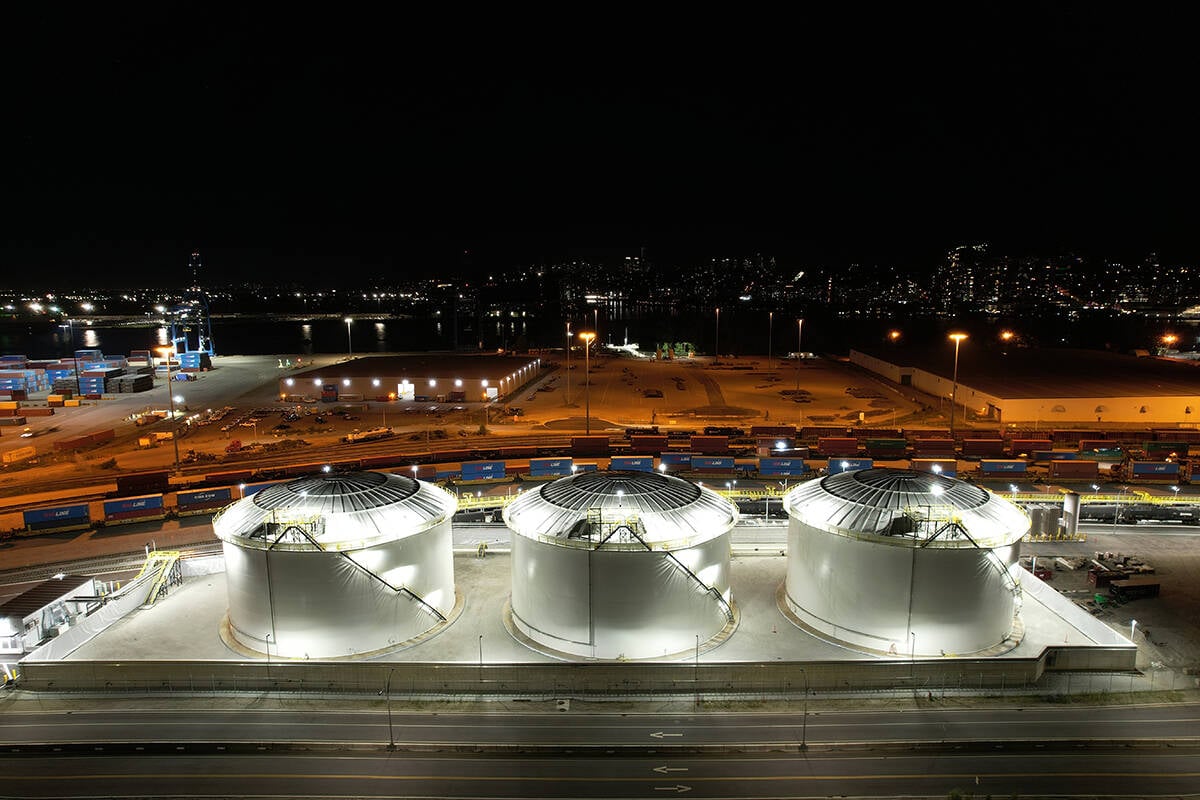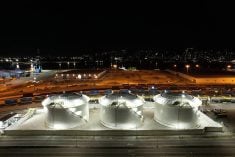OTTAWA – Gross farm income almost certainly is heading for a record this year but the bottom line reality is not so rosy.
Last week, Statistics Canada reported that during the first nine months of the year, farm cash receipts soared almost 10 percent to $21.4 billion.
The increase was particularly strong on the Prairies, fueled by high grain and hog prices.
But the federal agency also reported the cost of farming is going up at a five percent rate, much faster than the general inflation rate. It will erode the profit that high commodity prices should generate.
Read Also

Canola oil transloading facility opens
DP World just opened its new canola oil transload facility at the Port of Vancouver. It can ship one million tonnes of the commodity per year.
Last year, in fact, national net farm cash income declined one percent despite high commodity prices. Input cost increases of an average five percent wiped out a three percent increase in cash receipts.
Fertilizer, feed, pesticide and fuel costs accounted for the main input increases.
In the crops sector, the input bill rose an average 11 percent.
For Jack Wilkinson, president of the Canadian Federation of Agriculture, rising costs are the darker underside of the current commodity and income boom.
He said last week that farmers’ bottom line calculations are not as strong as many Canadians must be assuming, considering all the news about high prices.
“Profit margins are not what many might expect.”
Wilkinson said many of the higher input costs result directly from government decisions to reduce programs or to charge cost recovery fees.
Meanwhile, the perception of boom has allowed the government to reduce the value of the farm income safety net with relatively little opposition.
And government support for agriculture continues to nosedive.
Between 1994 and 1995, net direct payments from government programs to farmers fell 29 percent to $946 million.
During the first nine months of this year, they fell another 16 percent.
Last year, the government ran several major programs to funnel dollars to farmers: provincial stabilization payments ($206 million net of producer contributions); the dairy subsidy ($213 million); Net Income Stabilization Accounts ($46 million); crop insurance ($35 million above farmer premiums).
The government’s statistical snapshot of Canadian farm income to the end of September shows some sectors are booming while others will not remember 1996 so fondly.
Wheat receipts are up 29 percent from last year, to $2.7 billion. Barley receipts are up 49 percent to $745 million. Corn farmer cash receipts are up 51 percent to $592 million. Receipts in the hog industry are up 29 percent to $2.15 billion.
However, weak prices reduced cash receipts in the cattle sector by 2.7 percent, almost $100 million.
















